Let’s be honest. Take a quick scroll through your phone. How many apps are sitting there, gathering digital dust, all downloaded with the noble intention of making you a productivity machine?
You’ve got a to-do list app, a different project manager for that side hustle, a note-taker, a habit tracker, a Pomodoro timer, and three different calendar apps that somehow still don’t talk to each other. Your phone has become an app graveyard, a testament to good intentions that never quite clicked.
The result? You spend more time organizing your organizers than actually doing the work. You feel busy, but not productive. It’s a frustrating cycle of digital clutter and decision fatigue.
What if I told you that you could delete 90% of those apps? What if you could build a seamless, powerful, and ridiculously effective system with just five core applications?
This isn’t about finding the next shiny new app. This is about building a minimalist “MindGear” toolkit that works in perfect harmony, freeing up your mental energy to focus on what truly matters. We’re going to equip your mind, cut the clutter, and give you a system that finally sticks.
Table of Contents
These are the only 5 productivity apps you actually need.
App 1: Todoist – The Unshakeable Taskmaster
At the heart of any productive life is a simple, fundamental need: knowing what you need to do next. If your tasks are scattered across sticky notes, email inboxes, and random notebooks, you’re operating with a constant, low-grade hum of anxiety. Todoist silences that noise.
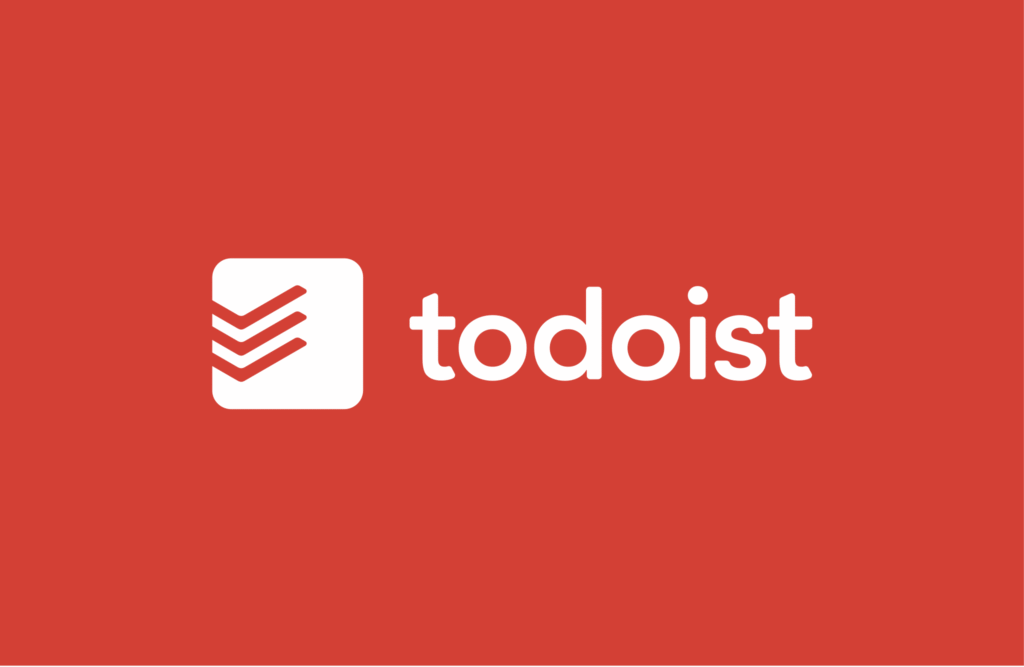
What It Is: Todoist is a task management application, but calling it a simple “to-do list” is like calling a Swiss Army knife a “blade.” It’s clean, lightning-fast, and available on virtually every platform you can imagine (phone, desktop, watch, browser, you name it).
Why It’s Essential: The magic of Todoist lies in its brilliant simplicity and hidden power. Its standout feature is its natural language processing. You can type “Submit the project report every Friday at 4 PM starting next week” and it will automatically create a recurring task with the correct due date. This isn’t just a feature; it’s a paradigm shift. It makes capturing tasks as fast as thinking them.
Unlike clunky, overly complex project management tools, Todoist gets out of your way. It’s designed for rapid capture and clear organization. You can use projects to separate areas of your life (Work, Personal, Side Hustle), labels for context (@email, @errands), and priorities to know what to tackle first.
“Mind Gear” Pro-Tip: Embrace the “Brain Dump.” Once a day, either first thing in the morning or before you log off at night, open Todoist’s inbox and dump every single task, worry, and “I need to remember to…” thought from your brain into the app. Don’t organize them yet, just get them out. This single habit frees up an incredible amount of mental RAM. Later, you can take 5 minutes to sort them into their respective projects and assign due dates.
The Big Picture: Todoist is your single source of truth for what needs to be done. It’s the command center for your actions.
App 2: Notion – The Digital Second Brain
Your brain is for having ideas, not for holding them. If Todoist is your command center for action, Notion is your vast, interconnected library for everything else: your ideas, your knowledge, your plans, and your life’s documentation.
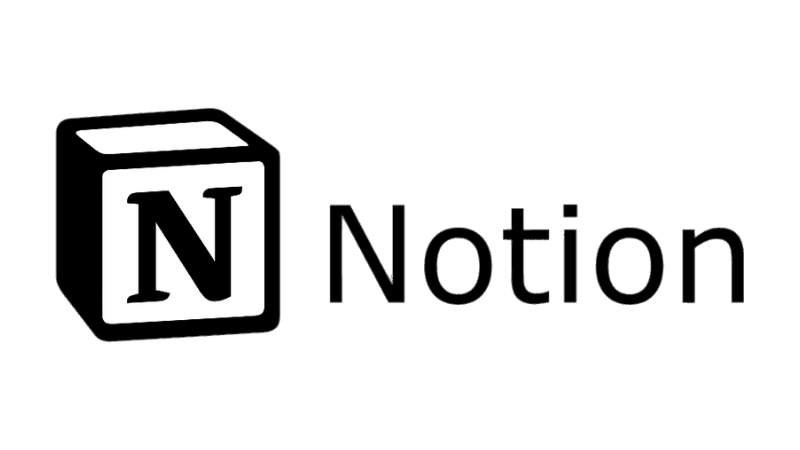
What It Is: Notion is an all-in-one workspace. It’s a note-taking app, a knowledge base (like your own personal Wikipedia), a project planner, and a database, all rolled into one incredibly flexible package. It’s a set of digital LEGOs that you can build into whatever you need.
Why It’s Essential: We all consume a staggering amount of information—articles, podcasts, videos, meeting notes, great quotes. Where does it all go? For most people, it vanishes into the ether. Notion solves this by giving you a place to not only store this information but to connect it.
You can have a page for your “Q3 Marketing Project.” On that page, you can have a table of key deliverables (a mini-database), a section of free-form brainstorming notes, links to inspirational articles, and even embed a design file. It’s all in one place, providing context that a simple to-do list can’t. This eliminates the need for separate apps for notes, documents, and spreadsheets for 95% of use cases.
“Mind Gear” Pro-Tip: Create a “PARA” system lite. PARA stands for Projects, Areas, Resources, and Archives.
- Projects: Active things you’re working on with a defined end date (e.g., “Launch New Website”).
- Areas: Ongoing responsibilities with no end date (e.g., “Health & Fitness,” “Finances”).
- Resources: Topics of interest you want to learn about (e.g., “AI Tools,” “Copywriting,” “Stoicism”).
- Archives: Completed or inactive items. Organizing your Notion with these four top-level folders creates an intuitive structure that grows with you and ensures you can always find what you need.
The Big Picture: Notion is your knowledge hub. It’s where you think, plan, and store information. It holds the context behind the tasks you put in Todoist.
App 3: Google Calendar – The Unnegotiable Time Fortress
If you don’t control your time, someone or something else will. A to-do list tells you what to do, but a calendar tells you when you have the time to do it. Google Calendar is the ubiquitous, rock-solid foundation for claiming ownership of your 24 hours.
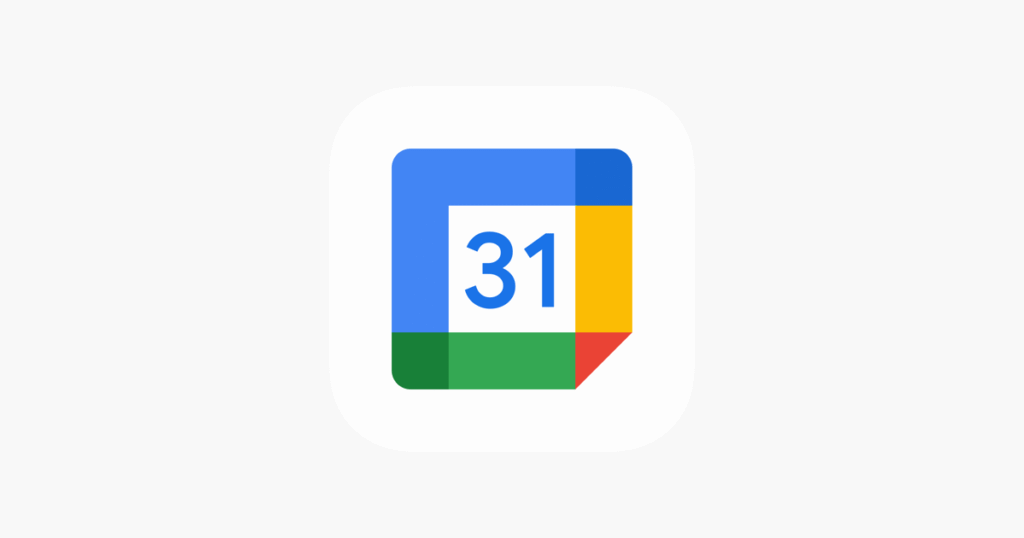
What It Is: You know what it is. It’s the world’s most popular digital calendar. It’s free, syncs flawlessly with everything, and is so deeply integrated into our digital lives that choosing anything else is often creating friction for no reason.
Why It’s Essential: Its power isn’t in flashy features, but in its reliability and universality. The most crucial productivity technique that Google Calendar enables is time-blocking. This is the practice of scheduling your tasks directly onto your calendar, treating them with the same importance as a meeting.
Instead of a hopeful to-do list, you have a concrete plan for your day. “Write blog post” isn’t just a task in Todoist; it’s a 2-hour block on your calendar from 9 AM to 11 AM. This simple act transforms your intention into a commitment. It forces you to be realistic about what you can achieve and protects your time from distractions and other people’s priorities.
“Mind Gear” Pro-Tip: Use color-coding to see your life at a glance. For example:
- Blue: Deep Work (writing, coding, strategic planning)
- Red: Meetings & Calls
- Green: Personal (gym, family time, errands)
- Yellow: Admin & Email A quick look at your week tells you if you have enough time dedicated to your most important work (blue blocks) or if your days are being eaten alive by meetings (red blocks).
The Big Picture: Google Calendar is your blueprint for execution. It’s where you allocate your most precious resource—time—to the tasks from Todoist and projects from Notion.
App 4: Forest – The Gamified Focus Guardian
In the modern world, the ability to do “deep work”—to focus without distraction for an extended period—is becoming as rare as it is valuable. We know we shouldn’t check our phones, but the lure of notifications is powerful. Forest uses clever psychology to help you win that battle.
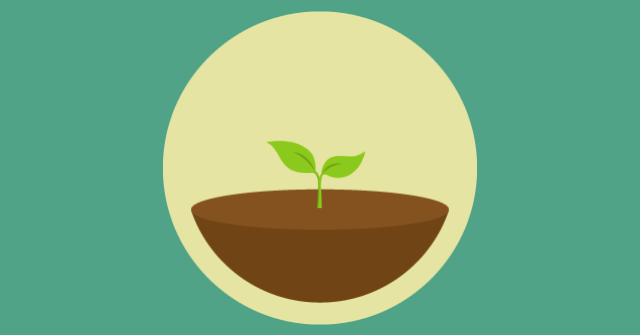
What It Is: Forest is a focus timer app with a beautiful twist. When you want to start a focus session, you plant a virtual tree in the app. This tree grows over your chosen time (say, 25 minutes). If you leave the app to check Instagram or answer a text, your tree withers and dies. If you successfully complete the session, the tree is added to your virtual forest.
Why It’s Essential: This sounds simple, but it’s psychologically brilliant. It taps into our desire for growth and our aversion to loss. You’re not just avoiding distraction; you’re actively nurturing something. The satisfaction of building a lush, green forest over a week is a powerful motivator.
It gamifies focus. Each completed session also earns you coins, which you can use to unlock new tree species or, even better, donate to a real-world tree-planting organization. It connects your personal productivity to a greater good, adding a layer of purpose to your work. It’s far more engaging than a sterile digital timer.
“Mind Gear” Pro-Tip: Use the “Allow List” feature sparingly. Forest lets you whitelist certain apps that won’t kill your tree (like Spotify for music or Notion for notes). Be ruthless here. Only allow the absolute essentials for the task at hand. The goal is to create a digital monk mode, not a slightly-less-distracting mode.
The Big Picture: Forest is your tool for high-quality execution. When a time block for “Deep Work” arrives on your Google Calendar, you use Forest to ensure that time is spent with intense, valuable focus.
App 5: Habitify – The Automatic System Builder
Productivity isn’t just about managing projects and tasks. It’s about the person you become in the process. Your long-term success is a product of your daily habits. James Clear said it best: “You do not rise to the level of your goals. You fall to the level of your systems.” Habitify helps you build those systems.
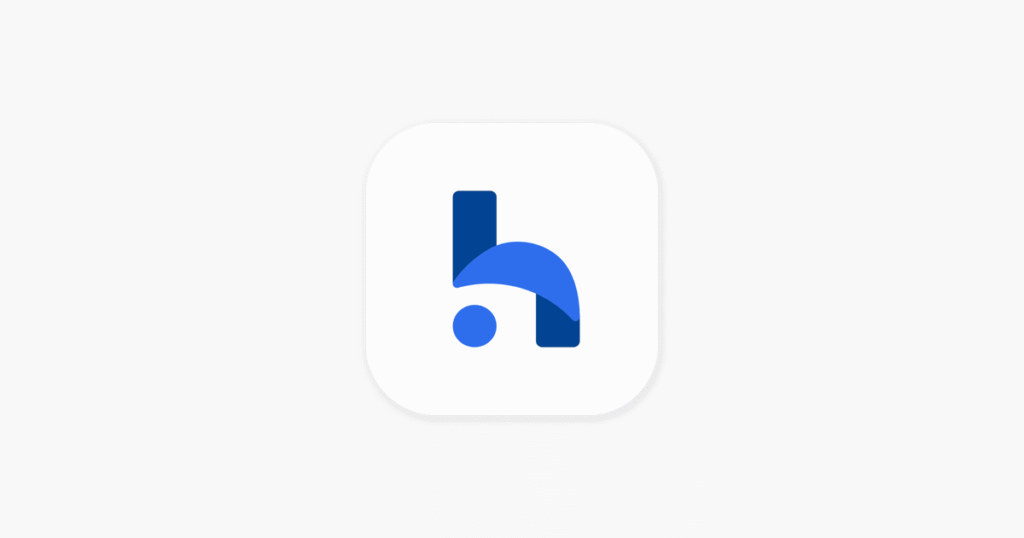
What It Is: Habitify is a clean, no-nonsense habit tracking app. It’s designed to do one thing exceptionally well: help you build and maintain positive habits and break bad ones.
Why It’s Essential: While Todoist handles your one-off tasks, Habitify handles the recurring actions that shape your life: “Meditate for 10 minutes,” “Read 20 pages,” “Go for a walk,” “Plan tomorrow.” These aren’t project tasks; they are the bedrock of a productive and healthy lifestyle.
The app’s power is in its data and visual feedback. Seeing your “streak” for a habit provides a powerful incentive to not break the chain. The charts and graphs show you your consistency over time, giving you a clear-eyed view of how you’re really doing. This data-driven approach removes emotion and replaces it with objective feedback, which is critical for making lasting change.
“Mind Gear” Pro-Tip: Practice “habit stacking.” This technique, popularized by BJ Fogg, involves linking a new habit you want to form with an existing one. For example, in Habitify, instead of a vague habit like “Meditate,” create a habit called “After I finish my morning coffee, I will meditate for 5 minutes.” Linking it to an established routine dramatically increases the chances you’ll stick with it.
The Big Picture: Habitify automates your self-improvement. It builds the foundational routines that give you the energy, clarity, and discipline to effectively use the other four apps in your toolkit.
How It All Works Together: The Ultimate Workflow
The true power of this 5-app system isn’t in the individual apps, but in their synergy. Here’s how a new idea goes from spark to completion:
- The Spark (Notion): You’re reading an article and have a brilliant idea for a new side project. You open Notion, create a new page for the project, and start brainstorming. You dump all your initial thoughts, research links, and potential steps onto the page.
- The Action Plan (Todoist): Looking at your Notion page, you identify the concrete, actionable first steps. You open Todoist and add tasks like “Buy domain name,” “Draft project outline,” “Research competitors.” You assign due dates and put them in your “Side Hustle” project.
- Making Time (Google Calendar): You look at your week in Google Calendar. You see you have a few open evenings. You create time blocks: “Work on Side Project” for 2 hours on Tuesday and Thursday night. You now have a concrete commitment.
- Deep Focus (Forest): Tuesday night arrives. You sit down at your desk, open your Notion page for reference, and then you open Forest. You set a timer for a 50-minute “deep work” session and plant a tree. Your phone goes face down. You are now in execution mode, distraction-free.
- Building the System (Habitify): You realize this project will require consistent effort. You open Habitify and add a new daily habit: “Work on side project for 30 minutes.” This ensures that even on days you don’t have a big time block, you are still making incremental progress, building the system for long-term success.
See the flow? From idea to knowledge base (Notion), to actionable tasks (Todoist), to scheduled commitment (Google Calendar), to focused execution (Forest), all supported by consistent routine (Habitify). It’s a seamless, comprehensive system for getting things done.
Your Questions Answered: FAQ
It’s natural to have questions when overhauling your productivity system. Here are some of the most common ones we get, answered directly to help you get started on the right foot.
1. Are these productivity apps free? Or is this going to cost me a fortune?
This is the best part: you can build this entire system for $0. Every single app on this list—Todoist, Notion, Google Calendar, Forest, and Habitify—has an incredibly robust and functional free version.
- Google Calendar is completely free.
- Todoist’s free plan is perfect for individuals.
- Notion’s free plan offers unlimited pages and blocks for personal use.
- Forest’s core tree-planting focus mechanic is free (with premium offering more features and real tree planting).
- Habitify’s free plan allows you to track several habits at once.
My advice? Start with the free versions across the board. The paid plans are power-ups for when you’re a heavy user or need team features. You’ll know if and when you need to upgrade, but you can become incredibly productive without ever paying a dime.
2. Why not just use Notion for everything? It has to-do lists and calendars.
This is a fantastic question and gets to the core philosophy of this system. While you can technically hack Notion to do everything, it’s a “jack of all trades, master of none” situation.
Think of it like tools in a workshop. You could use an adjustable wrench for every nut and bolt, but it’s often clunky and slow. A dedicated socket wrench is faster and more efficient for its specific job.
- Todoist is infinitely faster for capturing a task on the fly than opening Notion, finding the right page, and adding an item to a database.
- Google Calendar is a world-class calendaring tool with unparalleled integration for meeting invites and sharing. Notion’s calendar is a database view, not a true calendar.
By using the best-in-class app for each specific job, you reduce friction at every step. The goal is speed and efficiency, and this “specialist” approach wins out.
3. You didn’t mention communication apps like Slack, Email, or Teams. Aren’t they for productivity?
Absolutely, but they serve a different purpose. It’s crucial to make this distinction:
- The 5 apps in this list are for managing yourself: your tasks, your time, your knowledge, your focus, and your habits. They are part of your internal operating system.
- Apps like Slack, Gmail, and Microsoft Teams are for communicating with others. They are your external interface.
While managing your communication is vital for productivity, those apps are channels for input from others. The five tools we listed are how you process and act on that input in a structured, focused way.
4. This sounds great, but setting up five new apps feels overwhelming. Where do I even start?
Don’t try to boil the ocean! The key is to start small and build momentum.
- Start with just one app. I recommend Todoist. For the next three days, use it as a “brain dump.” Every time you think of something you need to do, put it in the Todoist inbox on your phone or desktop. Don’t worry about projects or dates yet, just capture everything.
- After a few days, add Google Calendar. Look at your Todoist list and start dragging the most important tasks onto your calendar as “time blocks.”
- Introduce the other apps one by one as you feel a need for them. Feel like you can’t focus? It’s time to download Forest. Have a great idea you need to flesh out? Open up a new page in Notion.
Start slow, build the habit, and introduce new tools as you master the old ones.
5. What if I’m already using something else, like Evernote or Microsoft To Do?
No problem at all! The names of the apps are less important than the roles they play. If you have a tool that is already deeply integrated into your workflow and serves one of these five functions well, stick with it!
- Hate Notion? Evernote or Obsidian can be great “Second Brain” alternatives.
- Prefer Microsoft To Do or TickTick over Todoist? If it serves as your central, fast-capture task manager, you’re all set.
The goal isn’t to be a brand loyalist; it’s to have a complete, five-part system. If your current tool fills one of the roles (Taskmaster, Second Brain, Time Fortress, Focus Guardian, or System Builder) effectively, keep it in your toolkit.
Ditch the Clutter, Master Your Craft
The endless search for the “perfect” productivity app is a trap. It’s a form of procrastination disguised as progress. The secret isn’t finding more tools; it’s about mastering a few essential ones that work together as a cohesive system.
This five-app toolkit—Todoist, Notion, Google Calendar, Forest, and Habitify—is your complete “Mind Gear” setup. It covers capturing tasks, organizing knowledge, managing time, focusing your attention, and building the habits that underpin it all.
Stop downloading and start doing. Delete the digital clutter from your life. Commit to this minimalist toolkit for just one month and watch how your clarity, focus, and output transform. It’s time to conquer your chaos.
Now, I want to hear from you. What are the non-negotiable productivity apps in your toolkit? Did I miss one you think is absolutely essential? Drop a comment below and let’s build the ultimate productivity system together! Subscribe to MindGearMen.


